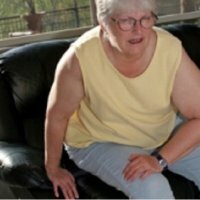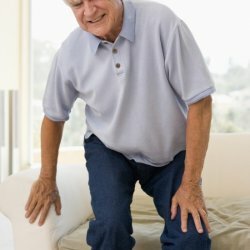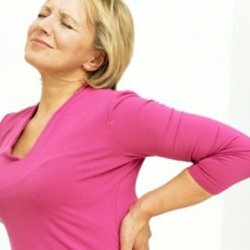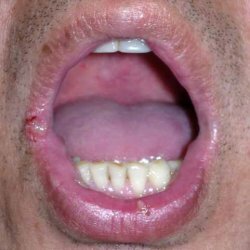Diseases of the joints in the elderly

In people with age, as a rule, the elasticity of tissues decreases, joints become angular, cartilages also lose their elasticity, and muscles become flabby. As a result, the elderly develop various joint diseases. The causes of joint diseases in the elderly, in addition to the natural process of aging, there may be other factors.
What diseases of joints occur in the elderly most often?
Of all the diseases that lead to loss of mobility, the more common, perhaps, are arthritis. Arthritis - this is damage to the joints, which can flow quite painfully. Common types of arthritis are rheumatoid arthritis and osteoarthritis. These types of arthritis give suffering to the patient and those people who care for him.
Osteoarthritis develops slowly in a person, developing as a result of destruction of cartilaginous interarticular pads. Often from this disease suffer joints, which carry a significant burden on themselves. These are the joints of the hands, hip, knee joints. It should be noted that this disease in most cases does not spread by itself. The defeat of the joint of one side does not mean that the opposite joint must also be affected by the disease.
Arthritis in the elderly is a common disease in which not only inflammation of the joints occurs, but also a disease under which certain processes that occur in the body are hidden. In arthritis, inflammation of the joints is manifested by their swelling, also redness, severe pain, which at night only intensifies. In most cases, this inflammation is caused by infection, excessively active work of the immune system. Sometimes arthritis indicates a metabolic disorder in the body of an elderly person.
Changes that occur with some arthritis in the body of the elderly, affect not only the joints. Often with this disease, the liver, kidneys and heart suffer. Arthritis in people of "advanced" age is less common arthrosis.
Against the background of age-related changes in the elderly, arthrosis develops in the joints. Often this disease affects large joints: hip, shoulder, knee, elbow. In articular cartilage, multiple cracks can occur. Also, with arthrosis, the thumbs on the legs may be affected, less often the joints of the fingers, the ankles.
Cartilage tissues are destroyed and because of this the articulated extremities of the bones converge considerably. They touch, "polish", and then appear on them bony growths. Significant changes occur in the capsule of the joint. The capsule is compacted, deformed, and its inner membrane is atrophied. These changes, appearing in one or two large joints, spread gradually to other joints. There is pain in the joints, which is increasing during the movement.
The most severe arthrosis occurs in full elderly people. With obesity, fat accumulates between the muscle bundles, which causes them to separate. This helps to reduce motor activity and muscle strength. Excessive weight is a great burden on the bone, cartilaginous tissue of the joints. That is why arthrosis in the full elderly people progresses with great speed.
Also the joints in the elderly are sore due to the progression of gout. The elderly person has a particularly acute gout. Localized in this process is mainly in the ankle joints. With this disease in the joints, there is swelling and redness, there are pain.
As a result of many years of research, it can be concluded that people who do a lot of physical education, physical labor, are less prone to joint diseases. The fact is that active muscle activity to the body helps to resist aging. It also prevents obesity, supports our osteoarticular apparatus and many important body systems.
If joint disease already exists in an elderly person, then treatment is required to stop the progression of a disease. It is recommended that an elderly person daily exercise( by force, without overstraining), eat more natural products. At this age, vitamins are the best medicine. In addition to medical treatment, the methods of traditional medicine help to alleviate the symptoms of joint diseases in the elderly.



